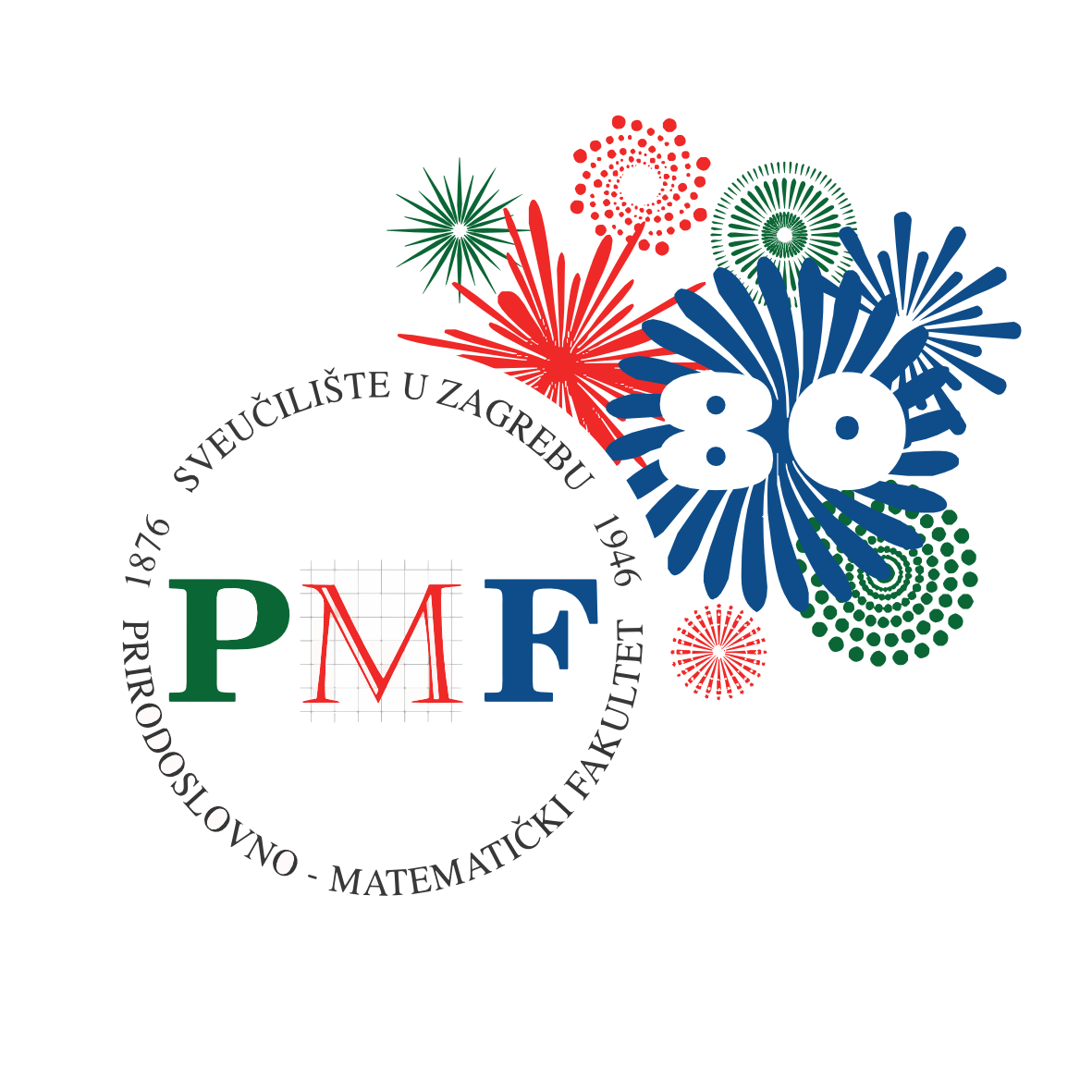Criticality in strongly correlated materials tuned under extreme conditions
In the past decade we have witnessed a surge of new technologies that affect our everyday lives. Increase in internet speed, wearable health-tracking electronics, commercial space flights with reusable rockets... all these advances rely on new materials and manufacturing processes. A newly discovered material can be further improved to attain its optimal properties, however, this process has its limits. For a new breakthrough one needs new paradigms or new states of matter. As the publication of the famous Anderson's article “More is different” [1] crosses half of century, its insightfulness is visible more than ever. The emerging properties of collective phenomena in large aggregates are not simply extrapolated from their constituents, which makes such properties difficult to predict. The advantage of studying strongly correlated electron systems (SCES) is that due to competitive quantum interactions, new states of matter are enabled with relatively small changes in their "design". This makes SCES the materials of the future. The study of SCES has brought us a plethora of discoveries (e.g. quantum magnetism [2,3], heavy fermions [4,5], high-temperature superconductivity (HTSC) [6]) and gave birth to completely new areas of research such as multipolar orders, magnetic Bose-Einstein condensate systems, frustration, quantum spin liquids, and multiferroics. By studying several different SCES materials in this project we will learn about novel quantum phenomena and move us closer to their applicability under standard conditions.
Within this project, we will use local techniques of nuclear magnetic and quadrupole resonance (NMR/NQR) to study new states of matter. To increase the existing range of control parameters (temperatures, magnetic fields, pressure), we will develop a cryostat for measurements at low temperatures compatible with existing pressure cells to perform studies below 1 K and at high pressure. This setup will allow us a technological progress to reach microscopic information required for better understanding of the physical phenomena described project objectives. We intend to study several different materials from the classes of van der Waals materials and 3D frustrated systems of spinel type.
[1] P.W. Anderson, Science 177, 393 (1972)
[2] W. Lenz, Physik ZS. 21, 613 (1920)
[3] E. Ising, Z. Physik 31, 253 (1925)
[4] K. Andres, J. E. Grabner, H. R. Ott, Phys. Rev. Lett. 35, 1779 (1975)
[5] F. Steglich et al., Phys. Rev. Lett. 43, 1892 (1979)
[6] J. G. Bednorz, K. A. Müller, Z. Physik B - Condensed Matter 64, 189 (1986)

 Pristupačnost
Pristupačnost